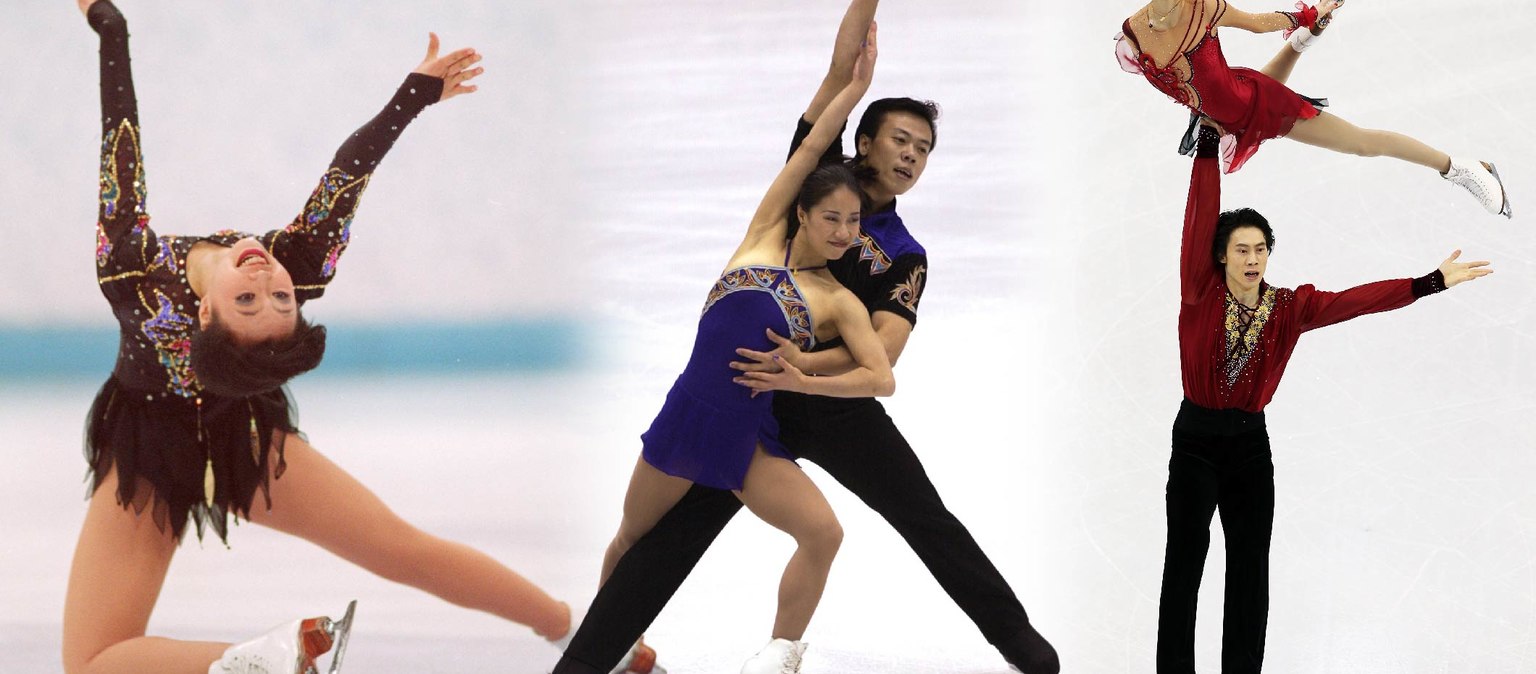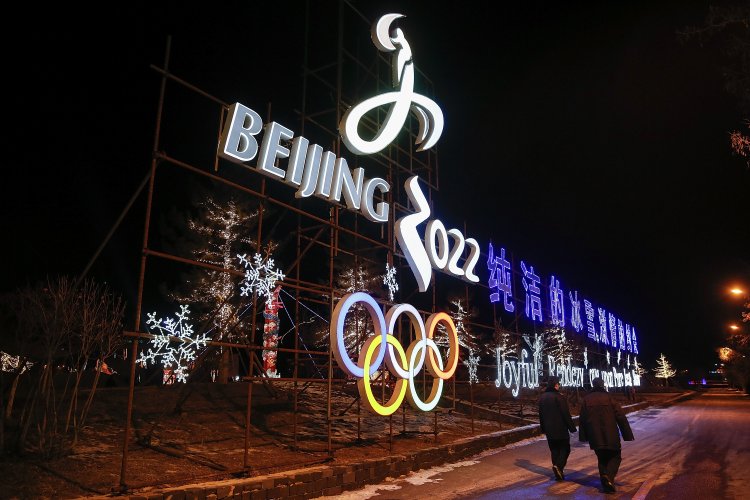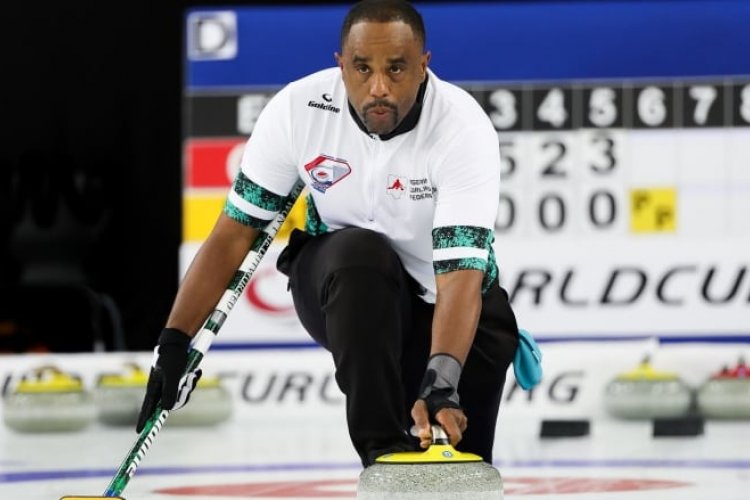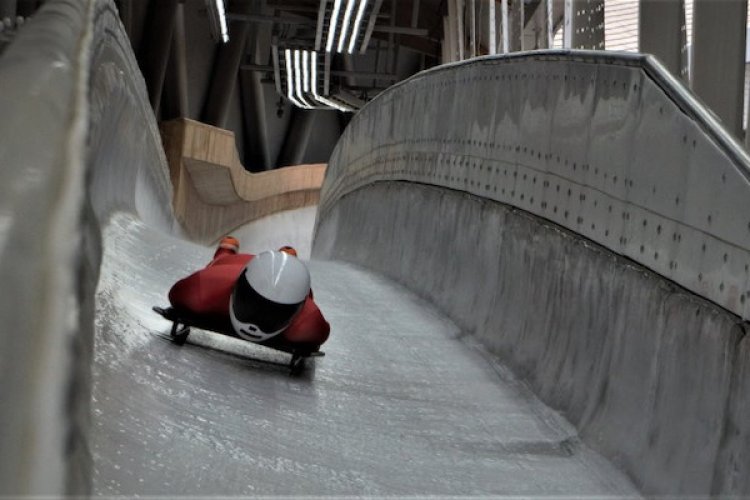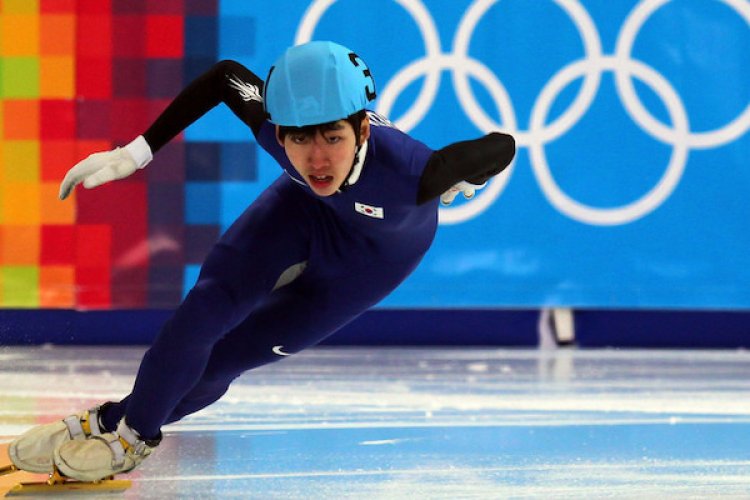OlymPicks: China's Esteemed Figure Skating History; Winter Sports Economy Skyrockets
In OlymPicks, we highlight news, gossip, and developments regarding the buildup to Beijing's 2022 Winter Olympics.
China's Winter Sports Economy Hits USD 50 Billion
How things have changed since Beijing officials began their 2022 Olympic bid and pledged to compel 300 million citizens to take up winter sports. When all that began a short four years ago the efforts seemed lofty to say the least, what with China's strong performances at prior summer Olympics eclipsing its lackluster finishes in the Winter Games.
But now, as the Beijing 2022 Olympics loom ever closer, the early confidence of those officials is proving evermore justified. That's because International Olympic Committee (IOC) officials announced on Jul 19 that China's winter sports market has reached a major milestone, and is now worth USD 50 billion. What's more, that rapidly expanding athletic economy has created 1.5 million jobs in China, a trend that is expected to continue given that "The increased popularity of winter sports has also meant a growing need for professional instructors, quality equipment, and training centers," according to a report by Inside the Games.
Additionally, the fledgling winter sports market has seen year-on-year growth of 16 percent, which in figures amount to a current total of 596 ice rinks and 742 ski resorts nationwide and a greater number of such facilities being slated for construction each year, according to Beijing 2022 officials.
Those totals were announced during the IOC Evaluation Commission's recent inspection of Beijing 2022 facilities. As previously reported, officials were pleased with what they saw, as summed up by IOC Coordination Commission chair Juan Antonio Samaranch, who said after the inspection: "We are very comfortable with the efficiency and delivery that the Beijing organizers are giving us ... The venue constructions are going according to plan and even have some advancements to the plan ... The venues will be world-class.”
First Test Event for Beijing 2022 Ski Site to be Held in 2020
Now that construction of the Beijing Olympic and Paralympic Winter skiing slopes are nearing completion, a timeline has been set to test them before athletes take to the snow. In February 2020, evaluations will be held at the National Alpine Ski Centre in Yanqing, marking the first test event for the Games, according to Chinese state media. From there, officials will be able to ensure the viability of the tracks that will host competitions like alpine skiing, bobsleigh, and luge events.
Those evaluators will have plenty of ground to cover: seven snow tracks totaling a length of 21 kilometers, not to mention a vertigo-inducing vertical drop of more than 900 meters. All that will surely make athletes happy that safety inspections are scheduled and on track, so that Beijing can ensure safe and professional competitions can take place.
China’s Esteemed Skating History
Although China didn’t win its first figure skating medal until 1994, its athletes should by no means be considered unestablished when compared to more well-known winter sports havens. Sure, Scandinavian, Eastern European, and North American skaters had been taking hardware home for years prior, but in the span of one generation, China has grown into a formidable figure skating force. Chinese pundits now predict that all that hard work will pay off when skaters take to the ice on their home turf during Beijing 2022.
After all, Chinese skaters like Sui Wenjing and Han Cong took home the silver medal at Pyeongchang in 2018, while Pang Qing and Tong Jian snagged silver and gold, respectively, in Vancouver in 2010 to secure China’s place on two podiums. To say a precedent has been set would be an understatement.
Those recent breakthroughs could be seen as a return to form for China, at least in the grand scheme of things, as detailed in a compelling historical article by olympic.org. That report details a document of a bygone sports era: a painting of Chinese skaters from 1745 with a title which roughly translates to “Games on Ice Skates.” According to winter sports historian Lei Guo, the depiction of the skaters demonstrates that they were “already highly sophisticated” in their field.
The article also details more recent milestones in China's skating history, such as how current stars Cheng Peng and Yang Jin used to have to scrounge for blades to lace up with before earning enough income to own skates of their own. You can read more about the storied rise of Chinese ice skating here.
Read: The American Skier Who Became Chinese to Compete in Beijing 2022
Photo: Olympic.org

